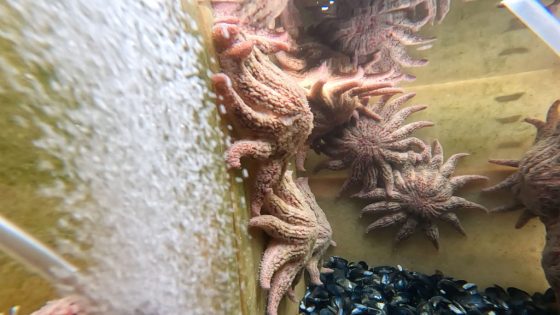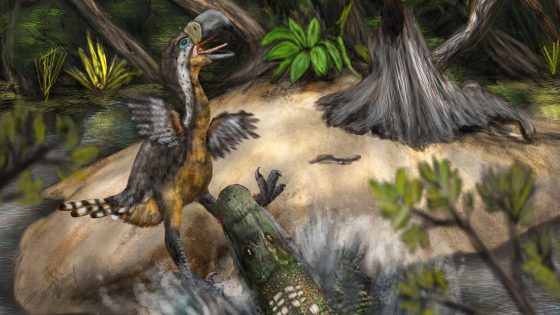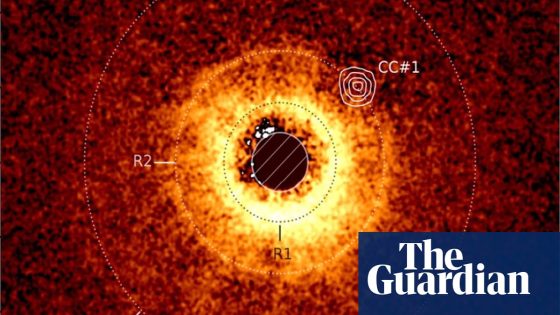Scientists have finally uncovered the cause of a devastating epidemic that killed over 5 billion sea stars along the Pacific coast of North America. This mystery, which began in 2013, has puzzled researchers for nearly a decade, with the latest findings published on 2025-08-08 in *Nature Ecology and Evolution*.
- Sea star wasting disease caused mass die-off
- Sunflower sea star population decreased by 90%
- Bacteria identified as cause of disease
- Healthy sea stars crucial for ecosystem balance
- Recovery efforts may include breeding and relocation
- Kelp forests severely impacted by sea urchin overpopulation
The mass die-off, known as sea star wasting disease, has significantly impacted more than 20 species, particularly the sunflower sea star, which saw a staggering 90% population decline. Understanding the disease’s cause is crucial for marine ecosystems, as healthy sea stars play a vital role in maintaining balance.
This breakthrough raises important questions about marine health and disease management. How can scientists intervene now that they know the cause? The research opens pathways for potential recovery strategies:
- Testing remaining healthy sea stars for immunity.
- Considering relocation or breeding in captivity.
- Exploring treatments like probiotics to boost immunity.
- Restoring kelp forests that are vital for marine biodiversity.
As researchers work to restore sea star populations, the hope is that these efforts will not only save the species but also rejuvenate the kelp forests, which are often referred to as the “rainforests of the ocean.” Will these recovery strategies be enough to turn the tide for marine ecosystems?

































